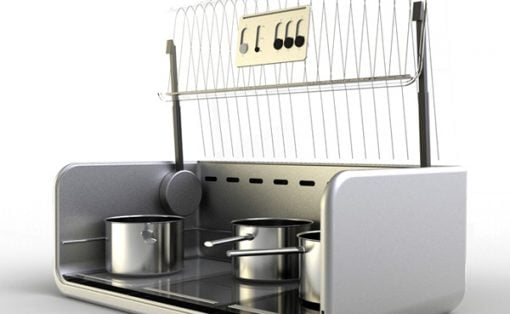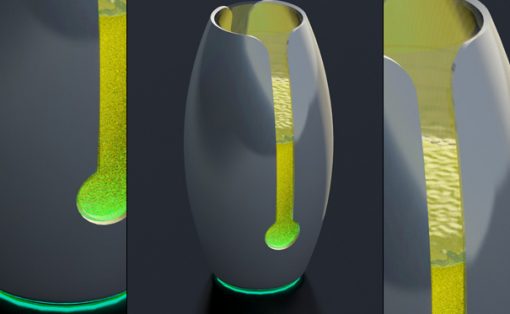
At the last Euroluce show in Milan, the Liiu lamp by Vantot, edited by Luceplan, captured attention for its striking design. Liiu is a suspended structure with thin conductive wires that support small LED lamps. These lamps are held in place by springs that adjust their height, giving the entire piece a clean, minimalist appearance. It has since been recognized as an iconic piece, praised for its distinctive and innovative design.
Designer: Vantot, edited by Luceplan

Creating an iconic lamp is no small feat in the saturated market, and Liiu has managed to achieve this status by balancing aesthetics with functionality. Its design is both decorative and functional, drawing interest with its unique form and construction. The lamp’s instantly recognizable structure, coupled with its innovative use of conductive materials, sets it apart from more traditional lighting designs.
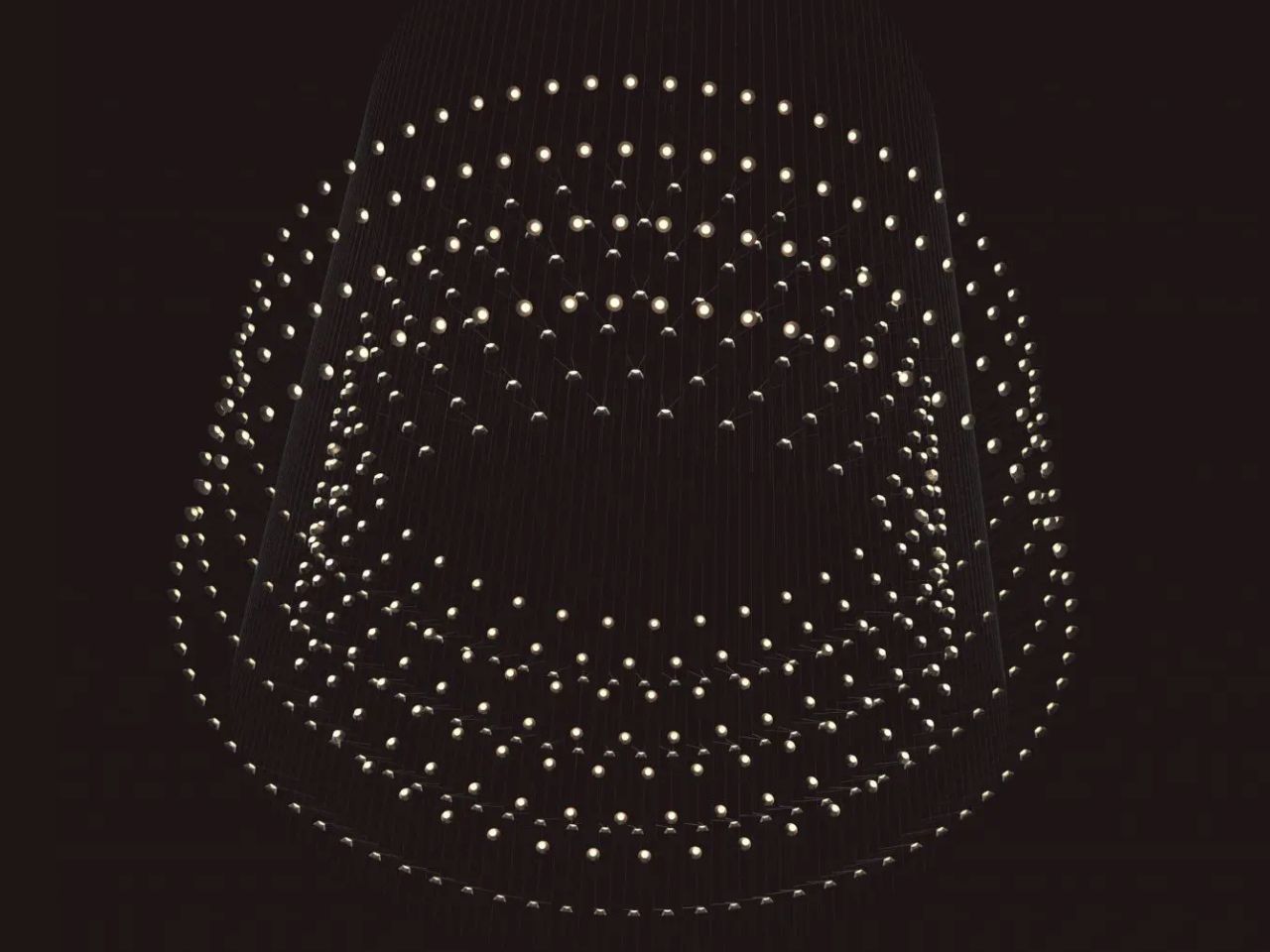
Vantot, known for its boundary-pushing approach to lighting design, avoids conventional methods in favor of more experimental techniques. The studio’s portfolio reflects this innovative spirit, with each lamp designed around the way light behaves and interacts with its environment, rather than merely focusing on creating a beautiful lampshade. The complexity of lighting design goes beyond what is typically considered in other design objects, requiring careful attention to both the construction and the behavior of light.
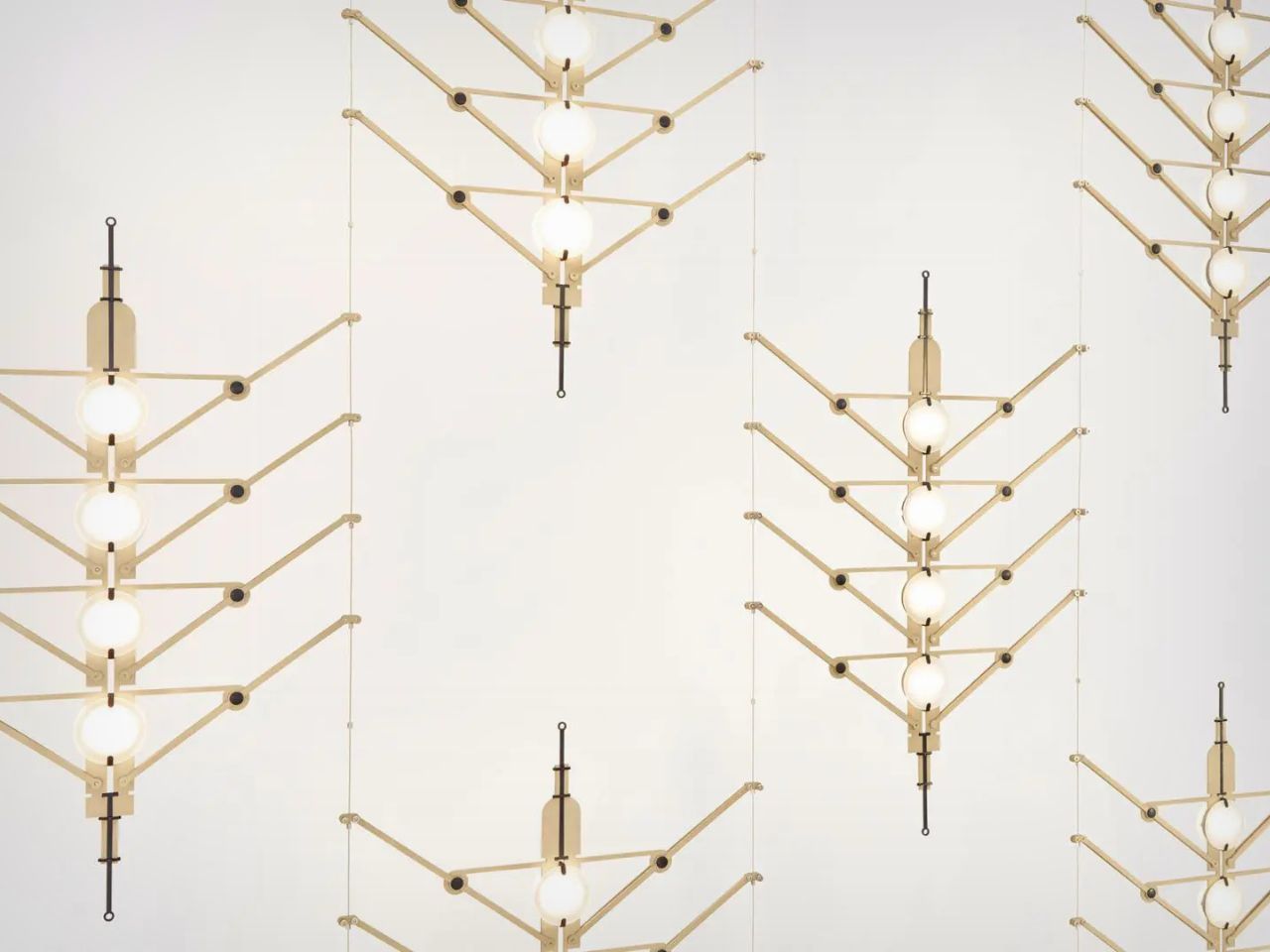
Two of Vantot’s other notable designs, the V-V-V and O-O-O lamps, exemplify the studio’s approach. The V-V-V lamp features a thin metal structure suspended by wires that also conduct electricity. This eliminates the need for traditional power cords, creating a sleek and modern design that serves both decorative and functional purposes. Its fishbone-shaped metal frame holds three LED lights, which diffuse light horizontally, making it an art piece as much as a lighting fixture.

On the other hand, the O-O-O lamp provides a different kind of lighting experience. While it uses similar conductive materials, its design is intended to provide subtle, ambient lighting. The glass lampshade directs light vertically, diffusing it gently throughout the room. The modular construction allows for customization in both the size and frequency of the lighting elements, making it adaptable to various spaces and user preferences.
Both lamps, along with Liiu, illustrate how Vantot explores new possibilities in lighting design, leveraging contemporary LED technology. LEDs operate at much lower voltages than traditional lighting, allowing for more creative flexibility in how electricity is conducted through the structure. This opens up new ways of integrating lighting into interior spaces safely, without the need for bulky or dangerous power cords.
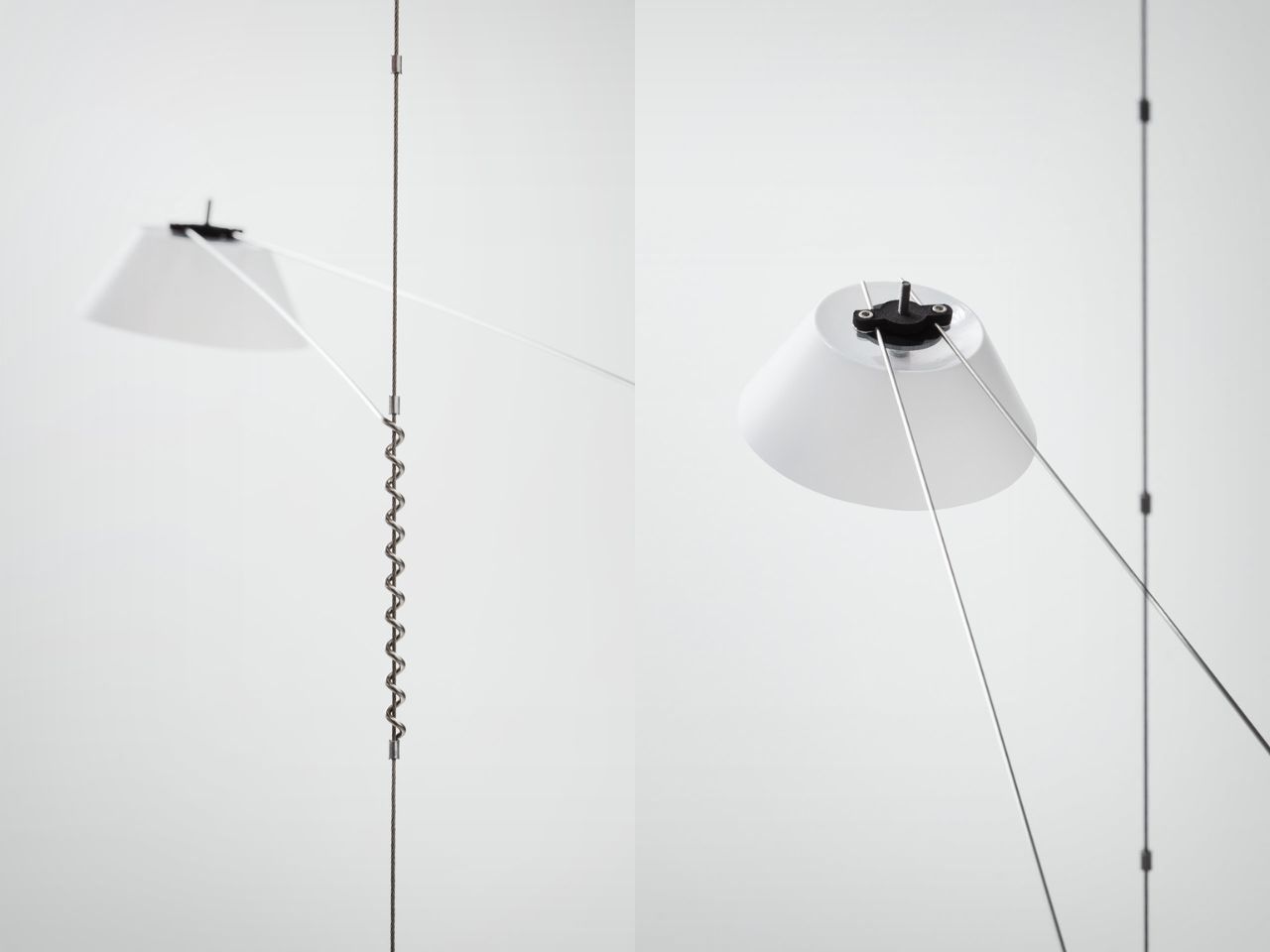
The Liiu lamp, in particular, stands out for its elegant simplicity, combining function and form in a seamless design. Vantot’s attention to detail ensures that every element of the lamp, from its height-adjusting springs to the conductive wires, is carefully considered and tested. The studio’s approach to research and development means that each product undergoes extensive testing and refinement before reaching the market, ensuring that both aesthetics and performance are optimized.
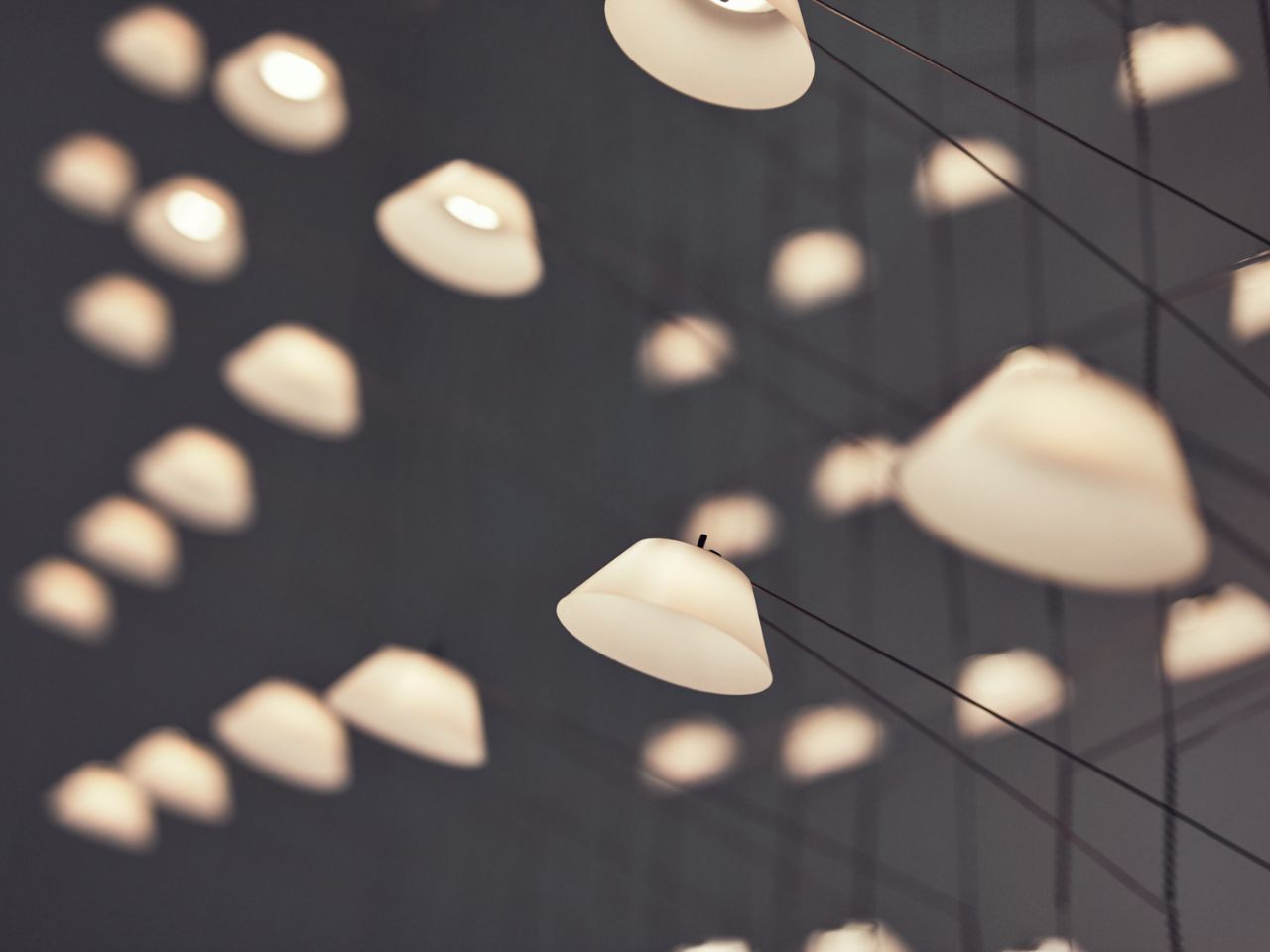
In addition to their individual products, Vantot also creates large-scale lighting installations that showcase the full potential of their designs. These installations are often sculptural in nature, blending art with functional lighting in a way that enhances the surrounding environment. The Liiu lamp itself originated as one such installation before being adapted for commercial production.
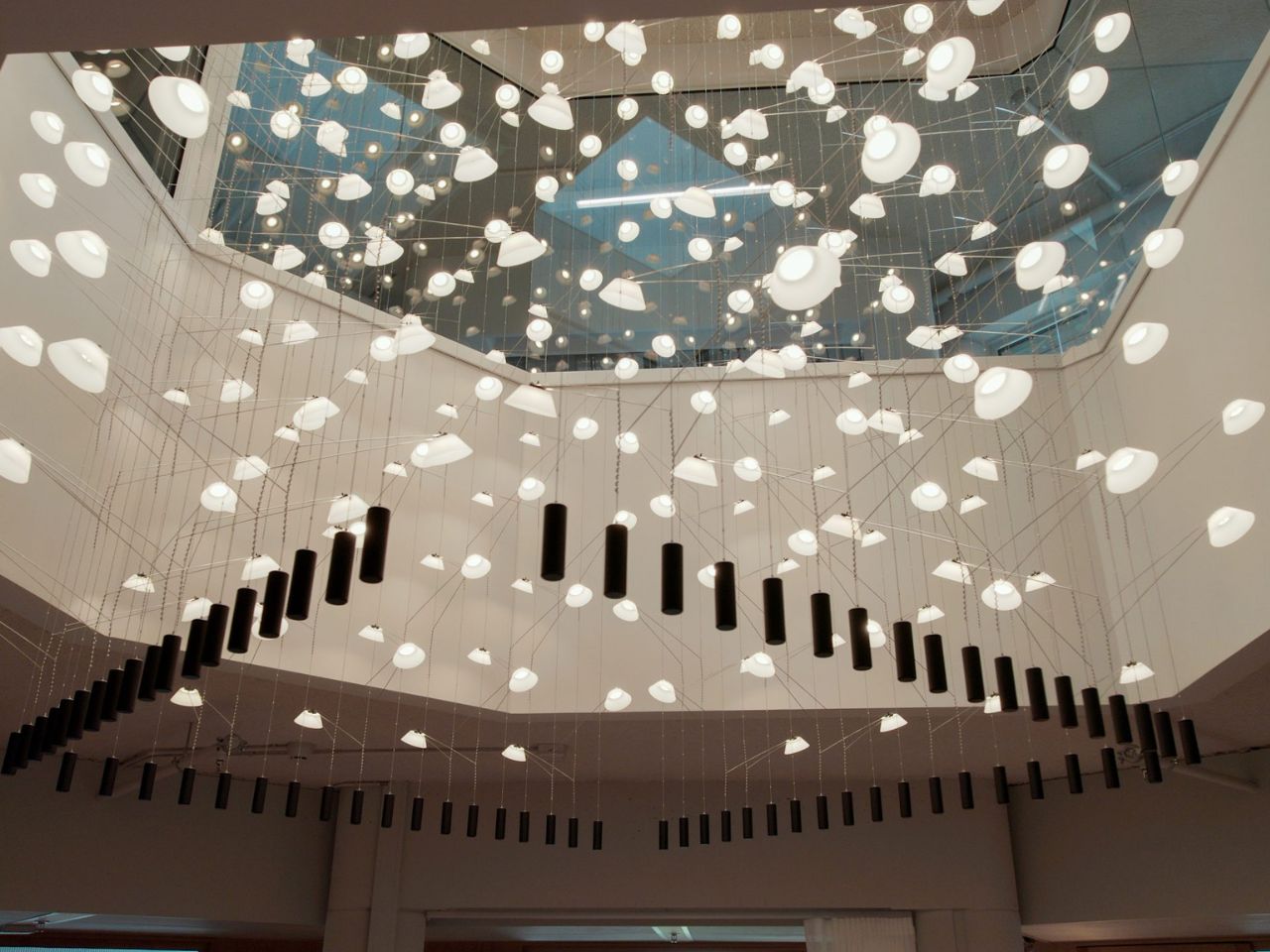
Vantot’s work highlights the importance of innovation in lighting design, focusing on how light is emitted and managed rather than simply how the lamp looks. With Liiu, V-V-V, O-O-O, and other designs, the studio demonstrates that lighting can be more than just a source of illumination—it can be an emotional and immersive experience, pushing the boundaries of what is possible in contemporary design.



